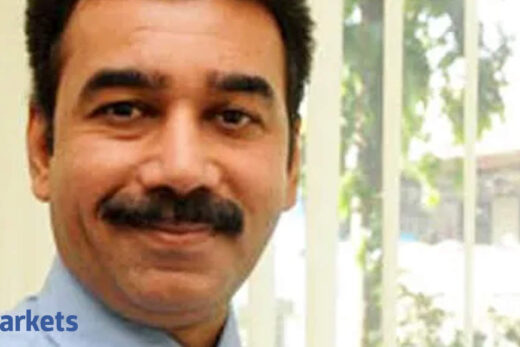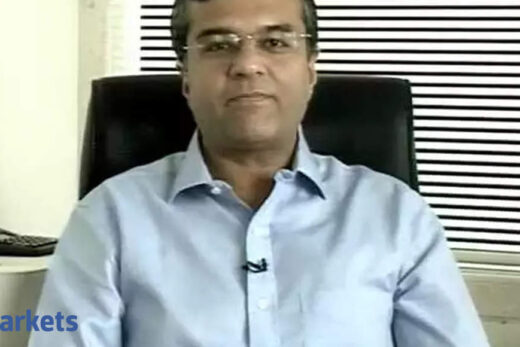How should one approach and the kind of rub-off effect it has on other PSU banks? Do you want to look beyond SBI?
A multi-decade underperformance in SBI and other PSU banks is now gradually being corrected. Much more wealth has been created in HDFC Bank, Axis Bank, ICICI Bank and compared to what the PSUs have delivered. Now, a kind of reversal is taking place.
It is going to be absolute ‘blue sky’ for the PSU banks in the next two-three years. All legacy NPAs have been provided for and with the economy picking up, they are really well poised for credit growth. There will be a situation where the net interest income will go up for the PSU banks and credit costs will be significantly lower. We could see a spike in earnings as we have seen in the last couple of quarters and that should last for two-three years at least till they get into problem with spiking NPAs.
Considering that, the growth looks attractive. SBI led by all PSU banks should deliver exceptional returns. As for whether to invest in other PSU banks, it all depends on your risk appetite. If your risk appetite is low, then SBI will serve the purpose but if you want to be a little more higher risk-return profile, then the likes of Bank of Baroda, Canara Bank, PNB can be considered. The underlying investment theme and logic remains the same. It is just that the second line PSU banks are significantly cheaper and offer scope for PE and price to book to get re-rated upwards. All depends on the risk appetite. So there is no denying the fact that this year and maybe next year, we will see significant outperformance from the PSU banks vis-à-vis the other private sector banks — the Bank Nifty constituents.
The real action will happen in the IPO market. How should one align public portfolio to benefit from this wave of IPOs from the new economy businesses?
Value play is transient but a play on growth is permanent. If you want to make money in the stock markets, it cannot be done by buying value stocks. It has to come through buying growth companies. Globally, there is a trend to buy more of the value stocks because economies are opening up and commodity prices have moved up and overall cycles are better for these companies. But at some point of time, the industries in which these value companies are operating are mature industries and they grow at or below the GDP growth rate.
If you want multibagger stocks — the wealth creators — they are going to be in the growth companies, the new age digital businesses one or two which have got listed and many others which are in line to get listed. Valuing these companies is getting more and more mainstream, they have been around for a long time. A lot of investors understand them and once we get a listing and they are available at fair pricing, then they will have a lot of appetite for these stocks and eventually they find their ways into a lot of investors’ portfolios.
Also, one needs to keep in mind that a lot of foreign investors are completely free to invest in India and they have a preference for new age digital businesses. We have seen foreign investors flocking to Chinese markets and the Chinese digital stocks also have moved up significantly. I expect something similar to play out in the Indian capital markets once we have the opportunity to invest in the large digital new age businesses. So while the IPOs will be very successful and you may see a pop on listing, it is not going to be the last highs for these companies. Slowly they will find their way into investor portfolios.
The real dilemma for the average retail Indian investor or fund manager is how to strategise for these holdings because you cannot value them on traditional parameters like price to earnings, price to book, EV to EBITDA are ridiculously high and in some cases nonexistent because there are losses. Nonetheless, if you see the examples in China and the examples on Nasdaq, even after making losses, these companies continue to soar higher and create wealth. One has to figure out that conundrum at some point of time but I welcome such listings and look forward to investing in them in a significant manner over the rest of this decade.



